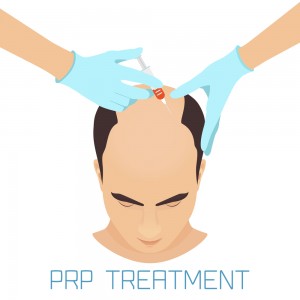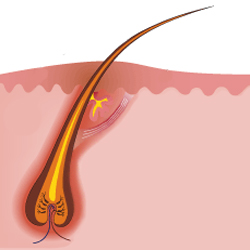Covid feature in The National Newspaper
https://www.thenationalnews.com/lifestyle/wellbeing/2021/07/02/covid-19-hair-loss-why-does-it-happen-and-what-should-you-do/
https://www.thenationalnews.com/lifestyle/wellbeing/2021/07/02/covid-19-hair-loss-why-does-it-happen-and-what-should-you-do/
Please follow the link to listen. https://omny.fm/shows/dubai-eye/does-covid-cause-hair-loss
There are a variety of symptoms and signs that can persist or develop long after the SARS-COV-2 virus has left the body. When symptoms or complications are present more than 4 weeks after the onset of symptoms of COVID 19 this is revered to as “Post-acute COVID 19 syndrome.” Many people who have such long […]

Platelet rich plasma (PRP) therapy is one of the many options for treating certain types of hair loss. We take great pride in delivering PRP therapy using state of the art techniques. During the initial comprehensive consultation, patients will learn about PRP (if it is a helpful treatment option for their specific type of hair loss). […]
Top 10 Frequently Asked Questions about COVID and Hair Loss 1. Does COVID 19 infection cause people to lose their hair? It’s certainly possible. We still don’t know all the answers pertaining to the relationship between COVID 19 and hair loss yet, because this particular virus is new (hence the name “novel” for the SARS-CoV-2 coronavirus). […]
Sorry folks its been a while… Been busy with my new project Follicle Solutions by Bloom Check out on Instagram @folliclesolutions for more Information and book an appointment. I’ll be back here this week and give you a new post!
I will be returning to Dubai from December 20 Please message me directly via this site or MrTrichology.com Instagram @dubai_hair_doctor MrTrichology of Facebook

It appears some of you have had difficulties getting a reply from the Dubai number. I was not aware that this number was not being answered. Please contact me directly via Whatapp +44786056850 Dubai direct number 056 452 8208
please visit www.hair-restoration-emporium.myshopify.com
With the madness of COVID-19 it will not be possible to be in Dubai during the summer. I will be returning in August 2020 please contact me to book an appointment.